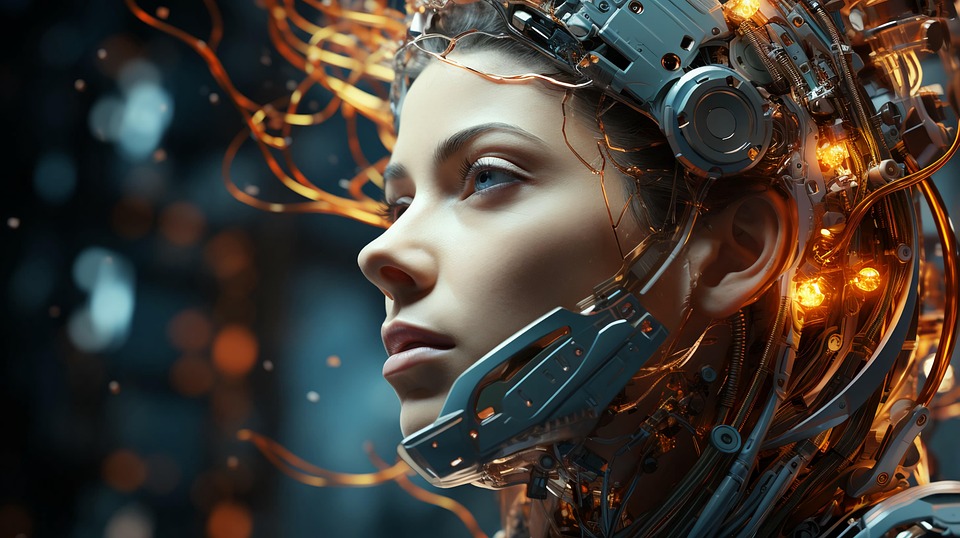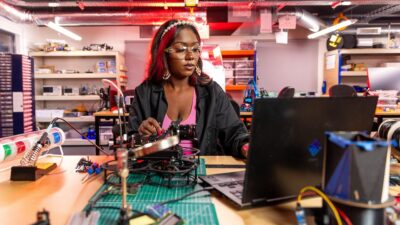The realm of art has always been a mirror reflecting the socio-cultural zeitgeist—a canvas upon which the thoughts, feelings, and innovations of humanity manifest. As we venture deeper into the 21st century, the intersection of creativity and technology becomes increasingly pronounced. One of the most captivating elements of this crossover is the emergence of art created by machine learning (ML). This phenomenon not only raises questions about the nature of creativity but also challenges established notions of authorship, authenticity, and artistic value.
The Evolution of Machine Learning in Art
Machine Learning, a subset of artificial intelligence (AI), refers to algorithms that allow systems to learn from data and improve their performance over time. In recent years, artists and technologists have harnessed these algorithms to generate works that range from hauntingly beautiful paintings to evocative musical compositions. This intersection began to gain serious traction with the advent of generative adversarial networks (GANs), which allow for the creation of images that can be indistinguishable from those made by human artists.
Early experiments with ML in art can be traced back to the work of artists like Harold Cohen, who developed the AARON program in the 1970s. However, the recent surge in computational power and accessibility of ML tools has made it possible for a broader range of creators to explore this exciting frontier.
The Process: How Machine Learning Creates Art
Machine learning systems typically undergo a training phase using vast datasets that consist of existing artworks. These datasets can include styles, colors, techniques, and subjects. By analyzing this data, the machine learns patterns and can generate new content based on what it has observed.
-
Data Collection: Curators gather thousands or even millions of images relevant to the desired style or theme.
-
Training the Model: The ML model is trained on these images, learning to recognize attributes, styles, and techniques.
-
Generative Process: Once trained, the model can produce original compositions. Artists can influence this process by tweaking parameters or even inputting specific styles or concepts.
- Evaluation and Refinement: The artwork is then evaluated either by human critics or through reinforcement learning, allowing the machine to refine its creations further.
Challenges and Controversies
Despite its tremendous potential, machine-generated art is not without controversy. A pivotal discussion centers on the notion of authorship. Who is the true creator of a piece of machine-generated art? The programmer? The machine itself? Or does the credit belong to the numerous artists whose work contributed to the training dataset? These questions become even more complicated when considering copyright and ownership laws, which have not yet fully adapted to the realities of AI-generated content.
Additionally, there are concerns about the commodification of art. With machines capable of producing art at an unprecedented scale and speed, will the value of human-created art diminish? Will art become just another commodity, stripped of its emotional and cultural significance?
The Human Touch: Collaboration Over Replacement
While machine learning can facilitate the generation of art, it is essential to recognize that art is a deeply human endeavor. The emotional depth, cultural context, and existential reflections that characterise much of human art cannot be fully replicated by algorithms. In many cases, artists have embraced ML as a collaborative tool rather than a replacement. They use it to expand their creative horizons, exploring new forms and expressions that would have previously been beyond their reach.
Notable examples of this symbiosis include interactive installations, where human input influences real-time machine-generated art, creating a dynamic conversation between human creativity and machine learning.
Looking Ahead: The Future of Machine Learning in Art
As we look to the future, the intersection of creativity and technology is likely to inspire even more innovation. Emerging technologies such as augmented reality (AR) and virtual reality (VR) will combine with ML to create immersive experiences that further redefine the boundaries of art. Imagine walking through a gallery where each piece of artwork shifts and evolves based on the viewer’s reactions—a truly interactive experience blending human emotions with machine learning algorithms.
Additionally, educational initiatives that teach artists about machine learning will proliferate, equipping a new generation of creators with the skills to navigate this exciting junction of technology and creativity.
Conclusion
The art produced by machine learning signifies a profound shift in our understanding of creativity, authorship, and the role of technology in our lives. As artists and technologists collaborate to push the boundaries of what is possible, we are compelled to question the nature of creativity itself. Ultimately, machine learning augments human creativity but does not replace it; rather, it opens up new avenues for exploration and expression, ensuring that art will continue to evolve alongside technology—each inspiring the other as they forge ahead into the unknown future.



